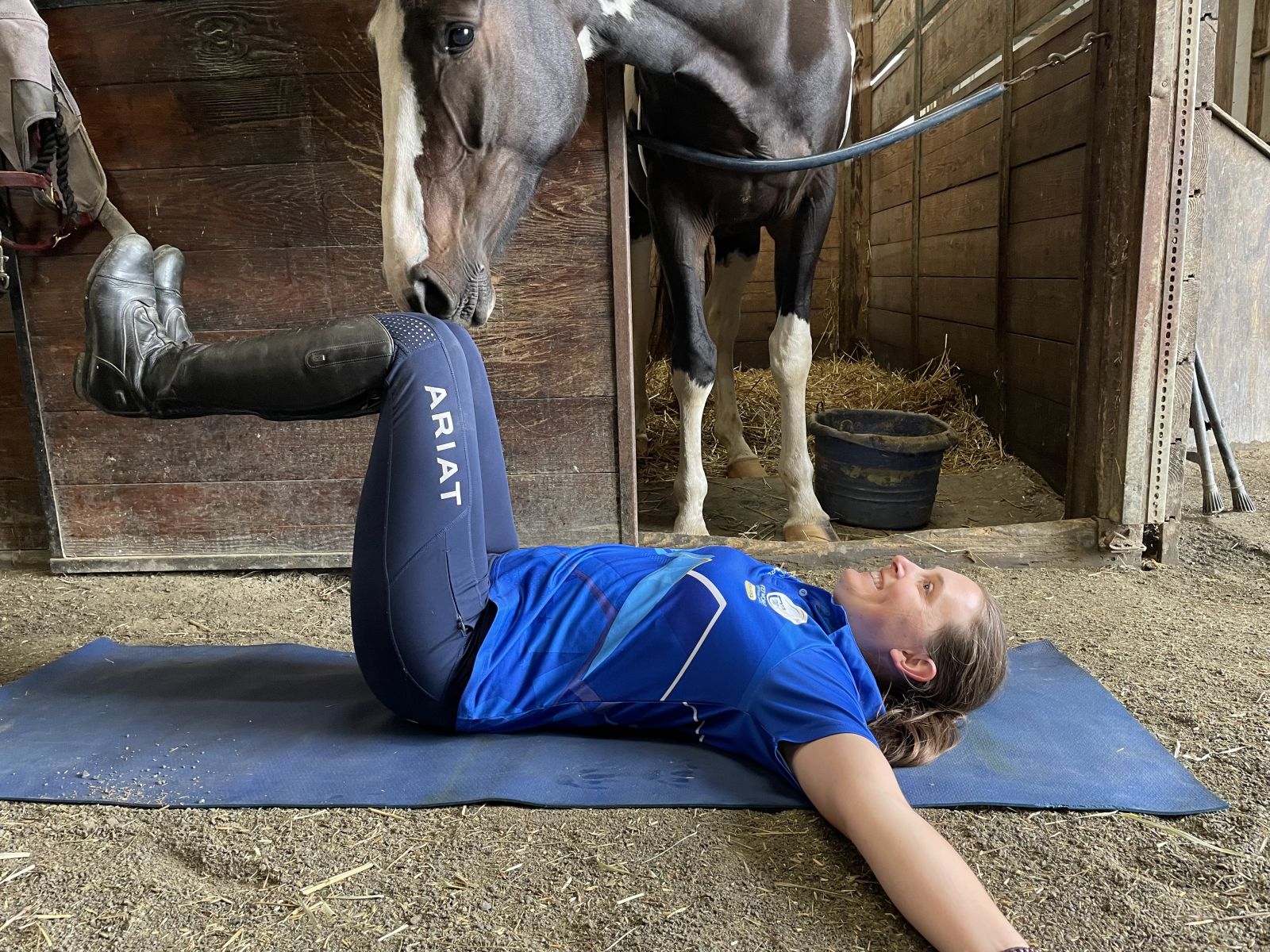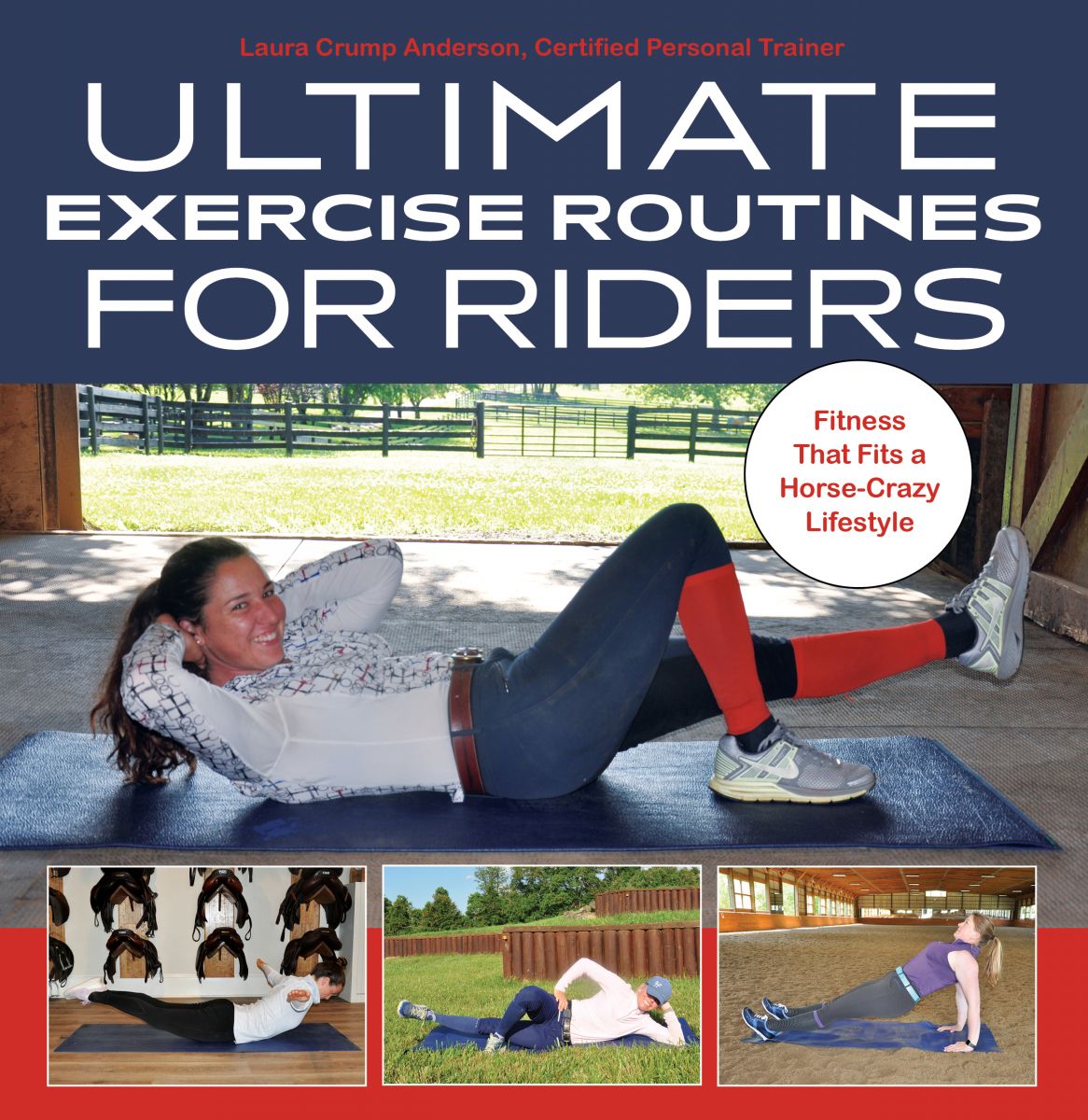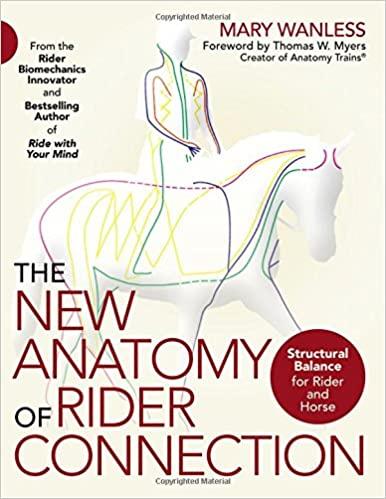
Photo by Alyson Saxon and In Frame Photography.
I have been on a weight reduction journey since the end of December. My weight is not usually something that I have struggled with. I am lucky to be in the fitness industry and not have body dysmorphia. I have my own struggles but this is not one of them.
At the end of last year, I was quickly approaching an unhealthy weight and trending in the wrong direction. I was not feeling confident in my body and did a photo shoot in December that I was not happy with how I looked or felt in my own skin. I was up two pant sizes, and I really was unhappy with the photoshoots I was doing for my fitness business. This resulted in a major shift in the way I was fueling my body.
This journey has not been easy and A LOT slower than I expected. My first five pounds came off pretty easy. However, I plateaued right about 150lbs. I finally started using a weight loss app. For the first time in my life, I was counting calories. I had no idea how many calories I was consuming even though they were healthy (mostly plant) choices.
At the beginning of this journey I set an arbitrary goal weight. Based on having a lower BMI. One thing, I didn’t take into account, is that I am a fairly muscular person. All that is to say, I am about 10 lbs away from my original goal weight, but down 10+ pounds from where I started. I am very happy in my skin right now, I feel strong and I am ecstatic with my progress. Going further to make the point that the weight on the scale is just a number. I feel confident in the saddle and when I look in the mirror.
Exercise and Weight Loss

Exercise and weight loss pair well together. However, you cannot strictly exercise into significant weight loss. Also, it is important to emphasis here there is no such thing as spot reduction. A whole bunch of crunches will not lead to 6 pack abs. I have a few clients that have come to me for weight loss when I have sent them to work with a nutritionist instead because it really is a degree of its own for a reason.
I am not someone who exercises because I love exercising. I realized from an early age that I needed to do it not only to improve my riding but truly to make a difference in my injury prevention. I love riding, it really excites my soul. Exercise on the other hand is like brushing my teeth, I do it for my health. My favorite part about is usually when it is done.
There is No Such Thing as Spot Reduction
Even though I do not do core exercises to have defined abs or a thinner waist, I do train a lot of core work myself, and with my clients. Improved core stability helps a rider maintain an independent seat and absorb the movement of the horse without bouncing or gripping. Engaging the abdominals and lower back muscles helps riders maintain proper posture reducing fatigue. A well-conditioned core allows for more effective and precise movement, allowing you to move your hands and legs without impacting stability.
The exercise for today’s workout is the alternating crunch. This works the obliques and the deep stabilizer muscles of the low back. These are essential for maintain balance, stability and control in the saddle.
Alternating Crunch
- Photo by Alyson Saxon and In Frame Photography.
- Photo by Alyson Saxon and In Frame Photography.
This effective exercise will get to targeting your core.
- Start on your back with your feet on the floor
- Bring your hands to your head, but do not pull on your head
- Trying to keep your feet on the floor sit-up, and bring your right elbow to your left knee
- Come back down to the start position
- Then sit-up again bring your left elbow to you right knee
- Go back and forth until you hit to minutes or you can no longer maintain form
Want to get some tailored support for your own fitness program? Laura Crump Anderson and Hidden Heights Fitness are currently accepting new clients! Click here to learn more and sign up.





























































































